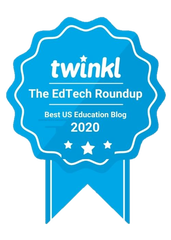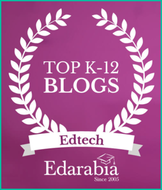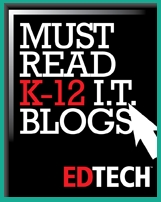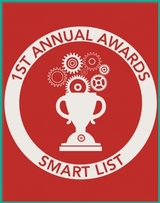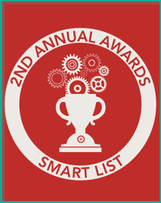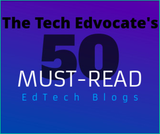FETC 2019 will take place from January 27-30 at the Orange County Convention Center in Orlando, Fla.
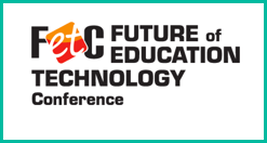
The overwhelming evidence suggests that simply digitizing rote instructional and learning practices may be the culprit. It appears that we have created learning environments that are technology rich, but innovatively poor. But now we know how to change that. In my book, Disruptive Classroom Technologies, I synthesized nearly forty years of research into what I call the T3 Framework for Innovation. The strategies in the T3 Framework have an impact equivalent to an additional four years of student achievement in a single year. You read that right: The T3 Framework strategies resulted in quadrupling student achievement (Magana & Marzano, 2014; Magana, 2017).
With that in mind, here are 3 common ways that EdTech use results in low achievement impact, and what can be done instead to radically increase student achievement:
1. Digitizing Lecture Notes. This is one of the most common ways that digital tools are used in schools. Imagine a teacher in the front of a class writing notes on a chalkboard, and students dutifully capturing the lecture in their notebooks. Now imagine that same teacher clicking through a presentation that is digitized while students again copy down what they see into their notebooks. This simply translates the lecture process from an analog into a digital modality. The impact on achievement? Extra-small to small.
Instead, imagine organizing your students into small expert groups, then breaking up the lecture notes into smaller chunks of information that are sequential, and organized by overarching essential questions for students to explore. Have each group investigate these questions in their groups by diving into digital resources and generating a common understanding of how to answer each essential question. Then have students use screencasting tools, Hyperdocs, or multimedia production tools to capture their group’s exploration, and to develop their own ways to share their digital artifacts they find, and their understanding, along with any unresolved questions with the whole group. Have each group discuss the results of their explorations to promote richer classroom dialogues based upon the evidence that students find. The impact on achievement? Extra-large.
2. Digitizing Worksheets. It’s been said that worksheets don’t build dendrites (Tate, 2011). Yet it is an all-too-common instructional practice to have students fill out worksheets with short passages followed by surface-level questions about that content. Now think about digitizing worksheets so that instead of just reading, students also listen to an audio file, or watch a short video, and then respond to surface-level questions. What is the impact of translating paper and pencil worksheets into digital worksheets? Extra-small to small.
Instead, don’t just have students skim the surface to memorize basic facts, simple details, and new vocabulary terms. Imagine having students engage in deeper conceptual explorations of content by linking the content being explored to prior learning experiences they have, and prior experiences that other students have. This process should be scaffolded by asking students to examine the similarities and differences between the content they are exploring and their prior knowledge. Then have students elaborate on the patterns that surface from their exploration by way of producing analogies, similes, or metaphors. Imagine having students capture and share their creative cognitive constructs using open-ended digital productivity tools that incorporate words, images, sounds, videos, and even student narration. Think Ted Burns-style video narrations. The impact on achievement? Extra-large.
3. Digitizing Summative Assessments. Perhaps the most common use of digital technologies in school systems is the administration of summative assessments. I’ve seen lots of school districts whose use of laptop computers is solely relegated to testing. Once again this is illustrative of what I call Translational technology use: Translating pencil and paper assessments into a digital form. The impact on student achievement? Small.
Instead, think about offering students creative control of the way in which they represent what they know (declarative knowledge), what they can do (procedural knowledge), and how they arrived at their understanding. Have students use digital tools to represent and express their conceptual learning journeys in a way that demonstrates, models, and communicates mastery. Here's the kicker: this form of assessment is not generated by the teacher or even by the institution, but by the student him or herself. Putting students at the center of the assessment and evaluation process invites students to own the assessment. The impact on achievement? Extra-Extra-large.
The epidemic of low-impact technology use is a wicked problem that matters to me. The research evidence base I've compiled offers a highly reliable pathway for doubling student achievement. I dare you to take the T3 Challenge! and double your students’ achievement!
About the Author







